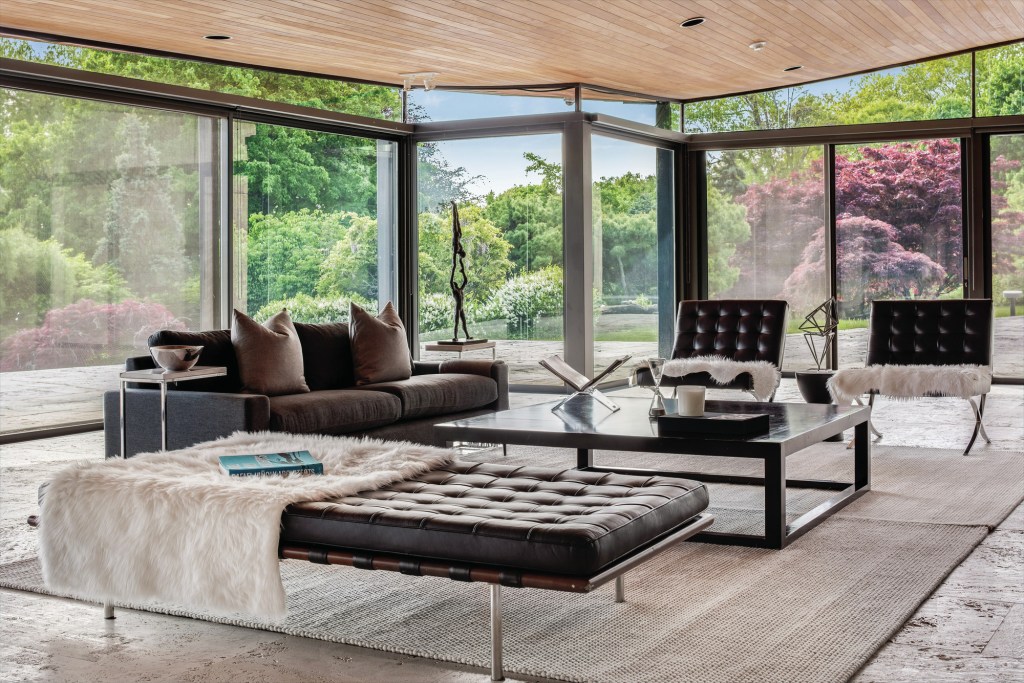Designing buildings that support well-being, focus, and inclusion is more important than ever. From managing acoustic quality to introducing nature-inspired elements, the following CEU courses offer actionable insights and strategies on enhancing occupant experience in meaningful ways.
Ready to build better spaces? Start with these five.
- In Pursuit of Acoustical Equity
Workplace design is evolving—and acoustics are at the center. This course introduces the emerging concept of acoustic equity, showing how speech privacy and ambient sound impact occupant comfort and productivity. Learn how to control sound’s temporal, spatial, and spectral qualities and discover how equitable acoustic environments support focus, well-being, and inclusion across commercial, hospitality, and residential spaces.
Level: Intermediate. Credits: AIA 1 LU | HSW. Explore course.
2. Designing Beneficial Spaces for Living, Working and Well-being
Designing for wellness goes beyond aesthetics. This course explores how architecture—and especially the use of natural materials like wood—can positively impact occupant health. Learn how biophilic principles and wellness-focused building standards are shaping interiors that reduce stress, boost productivity, and promote healing. Discover the connection between humans and nature, and how intentional design can transform homes, workplaces, schools, and more into environments that support physical and emotional well-being.
Level: Intermediate. Credits: AIA 1 LU | HSW. Explore course.
3. The WELL Building Standard and Electric Fireplaces
Wellness is reshaping design—and electric fireplaces are part of the conversation. This course explores how hearth products support WELL Building Standard goals, from enhancing comfort to reducing stress. Learn how to incorporate electric fireplaces into commercial and residential spaces as part of a holistic wellness strategy. You’ll also examine the rapid growth of the wellness industry and how design choices can elevate occupant health, safety, and satisfaction.
Level: Intermediate. Credits: AIA 1 LU | HSW. Explore course.
4. The Facts on Fiberglass: Understanding the Research on the Health and Safety of Fiberglass and Mineral Wool
Fiberglass is one of the most tested materials in building science—but myths still persist. This course examines decades of research and recent scientific findings to help you better understand the health and safety profile of fiberglass and mineral wool insulation. Learn about performance benchmarks, fire testing data, and how these materials compare to alternatives. It’s essential knowledge for specifying safe, sustainable insulation systems with confidence.
Level: Introductory. Credits: AIA 1 LU | HSW. Explore course.
5. The Future is Biophilic – Exploring Biophilic Design in the Built Environment
This course gives you a practical foundation in biophilic design principles, from green walls to ambient scenting, and shows how they improve air quality, mood, and cognitive function. Learn how to create nature-connected interiors that meet LEED, WELL, and Fitwel standards. Whether for offices, hospitality, or healthcare, biophilic strategies deliver measurable benefits—and lasting appeal.
Level: Introductory. Credits: AIA 1 LU | HSW. Explore course.
